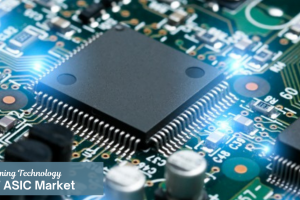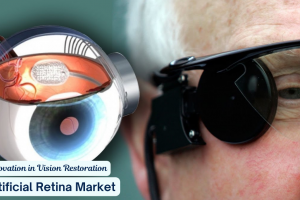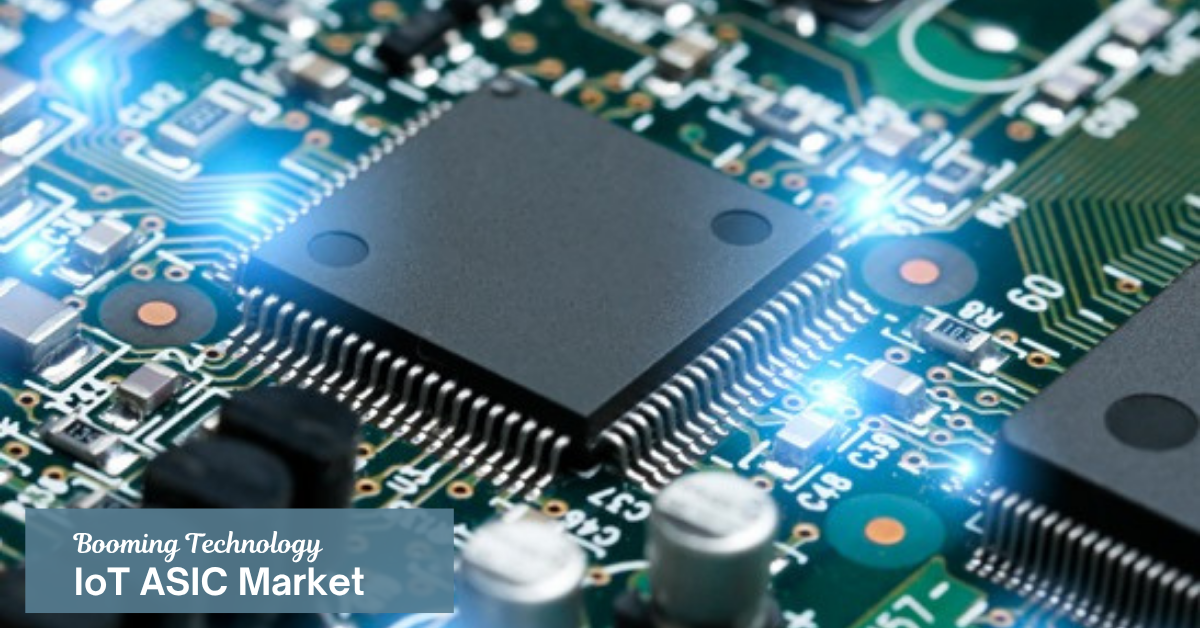
Market Overview
The Direct Fired Absorption Chiller Market was valued at USD 1,330 million in 2024 and is anticipated to reach USD 1,838 million by 2032, registering a CAGR of 4.13% during the forecast period. This moderate yet steady growth trajectory reflects increasing global emphasis on sustainable and energy-efficient cooling technologies. Direct fired absorption chillers, which utilize heat from fuel combustion to drive the refrigeration cycle, are proving to be an essential component in industrial and commercial cooling systems where electricity-based chillers are less practical or cost-effective.
In the current global context, energy efficiency and emissions reduction have become critical. Governments and industries are actively looking for solutions that reduce dependence on electricity and leverage alternative fuels. In such scenarios, direct fired absorption chillers serve as a reliable option, especially in sectors such as healthcare, hospitality, data centers, and industrial plants. These systems not only offer an efficient cooling method but also contribute to peak load reduction, making them favorable for energy-conscious infrastructure projects.
Furthermore, the rising adoption of trigeneration and district cooling systems is bolstering the relevance of direct fired absorption chillers. These chillers are particularly well-suited for applications where waste heat utilization or continuous heating and cooling demands are necessary. With innovations in fuel flexibility—ranging from natural gas to hydrogen blends—the market is also moving toward environmental compatibility. All these factors together indicate that the direct fired absorption chiller market is poised for substantial developments in efficiency, adoption, and technology integration over the next decade.
Read full report: https://www.credenceresearch.com/report/direct-fired-absorption-chiller-market
Market Drivers
Shift Toward Energy-Efficient Cooling Solutions
With increasing energy costs and environmental awareness, industries are actively seeking systems that reduce electricity consumption. Direct fired absorption chillers, by operating on natural gas or alternative fuels, serve as a viable substitute to traditional electric chillers. Their capacity to deliver cooling by leveraging heat sources directly aligns with sustainability goals and has made them attractive across energy-intensive sectors. These systems are increasingly chosen for projects prioritizing green building certifications.
Integration with Combined Heat and Power (CHP) Systems
The deployment of combined heat and power (CHP) plants has seen significant global growth. Direct fired absorption chillers are commonly used in tandem with CHP systems to maximize energy utilization. In such configurations, the chiller efficiently utilizes waste heat from power generation for cooling purposes. This integration allows facilities to simultaneously produce electricity, heat, and cooling, significantly improving overall energy efficiency and system performance.
Fuel Flexibility and Advancements in Fuel Technology
Technological advancements have expanded the types of fuels that direct fired absorption chillers can use. From natural gas and diesel to biogas and hydrogen blends, modern systems offer enhanced fuel flexibility. This attribute is especially important in regions with limited electricity access or fluctuating energy prices. By supporting a range of fuels, manufacturers have improved the appeal of these systems across both developed and emerging markets.
Growth of District Cooling and Urban Infrastructure Projects
Urbanization and infrastructure development are catalyzing demand for centralized cooling systems. District cooling plants, which provide chilled water to multiple buildings, often utilize direct fired absorption chillers for reliable and large-scale cooling. These chillers play a vital role in enhancing system resilience during peak load periods. With global smart city initiatives and large commercial developments on the rise, their integration is expected to accelerate.
Market Challenges
High Initial Investment Costs
Despite their long-term operational benefits, direct fired absorption chillers involve significant upfront capital expenditure. These systems are often more expensive than conventional electric chillers in terms of equipment, installation, and required auxiliary systems. For cost-sensitive customers, especially in developing economies, this initial financial burden can act as a deterrent to adoption.
Awareness and Technical Expertise
In many regions, facility managers and HVAC professionals lack awareness or technical familiarity with absorption technologies. The complexity of installation and maintenance of these systems compared to traditional electric chillers can result in hesitance among potential users. The absence of specialized training programs and technician support contributes to slower market penetration.
Dependence on Fuel Availability and Prices
The performance and viability of direct fired absorption chillers are closely tied to fuel availability and cost. Regions with unstable fuel supplies or fluctuating prices may face challenges in operating these systems cost-effectively. Additionally, price volatility in natural gas or diesel can adversely impact operational planning and long-term ROI.
Competition from Electric Chillers and Renewable-Powered Alternatives
With increasing investment in renewable energy and grid modernization, electric chillers powered by solar or wind energy are becoming more attractive. These alternatives, often promoted through green building codes and subsidies, are intensifying competition. The direct fired absorption chiller market must evolve quickly to maintain its competitive edge.
Market Opportunity
Expansion in Emerging Economies
Rapid industrialization and urbanization in emerging markets present significant opportunities for direct fired absorption chillers. Countries in Asia, Latin America, and the Middle East are witnessing robust demand for energy-efficient cooling in commercial buildings and industrial plants. With rising infrastructure investments, vendors can tap into these growing regions with tailored offerings.
Adoption in Healthcare and Data Centers
Hospitals and data centers require continuous cooling without dependency on electric grid fluctuations. Direct fired absorption chillers offer a reliable backup or primary solution in such mission-critical environments. As both sectors expand rapidly, especially post-pandemic and with the digitization wave, the adoption of these systems is expected to grow.
Integration with Renewable and Hybrid Energy Systems
The push for hybrid systems—where direct fired chillers are paired with solar thermal or biomass—is unlocking new value propositions. These integrations help users meet energy targets while reducing carbon footprints. Governments promoting hybrid energy solutions through incentives and policy reforms will fuel adoption in both commercial and industrial applications.
Technological Advancements in Smart Controls
The incorporation of smart controls, IoT, and real-time performance monitoring is enhancing the functionality of direct fired chillers. These technologies improve energy optimization, predictive maintenance, and remote diagnostics. As digitalization spreads across industrial systems, manufacturers that offer intelligent solutions are expected to lead the market in the coming years.
Market Segmentation
By Technology Type
- Single-Stage
- Double-Stage
By Cooling Capacity
- Below 100 kW
- 100–500 kW
- Above 500 kW
By Fuel Source
- Natural Gas
- Diesel
- Biogas
- Hydrogen Blends
By Control System
- Manual Controls
- Programmable Logic Controllers (PLC)
- Building Management System (BMS) Integrated
By End-User Industry
- Commercial Buildings
- Hospitals
- Hotels and Resorts
- Industrial Plants
- Data Centers
By Region
North America
- U.S.
- Canada
- Mexico
Europe
- UK
- France
- Germany
- Italy
- Spain
- Russia
- Belgium
- Netherlands
- Austria
- Sweden
- Poland
- Denmark
- Switzerland
- Rest of Europe
Asia Pacific
- China
- Japan
- South Korea
- India
- Australia
- Thailand
- Indonesia
- Vietnam
- Malaysia
- Philippines
- Taiwan
- Rest of Asia Pacific
Latin America
- Brazil
- Argentina
- Peru
- Chile
- Colombia
- Rest of Latin America
Middle East & Africa
- GCC Countries
- South Africa
- Rest of the Middle East and Africa
Regional Analysis
North America
North America is one of the leading markets due to the widespread use of direct fired chillers in industrial facilities and commercial infrastructures. The United States, in particular, has a mature HVAC sector, and adoption is supported by strict energy efficiency standards. Growth is also fueled by the expansion of district energy systems.
Europe
In Europe, the push for decarbonization and building energy performance standards has bolstered demand. Countries like Germany, France, and the UK are actively investing in smart cities and sustainable infrastructure. Adoption is also driven by district heating and cooling programs as part of broader energy transition policies.
Asia Pacific
Asia Pacific is expected to register the fastest growth due to urbanization and industrial development in countries such as China, India, and Southeast Asian nations. The need for energy-efficient cooling in densely populated regions, coupled with government initiatives, is stimulating market expansion.
Latin America
Latin America, particularly Brazil and Mexico, is gradually adopting direct fired chillers, mainly in healthcare and hospitality. Rising temperatures and inconsistent electricity access are making these systems a reliable option for off-grid cooling. Government energy reforms may also promote further adoption.
Middle East & Africa
The Middle East is an important market due to high ambient temperatures and demand for cooling. Gulf countries are focusing on large-scale commercial projects that include district cooling systems, where direct fired absorption chillers are well integrated. Africa, while still emerging, shows potential in South Africa and parts of North Africa.
Top Companies
- Dalian Bingshan Engineering & Trading
- Johnson Controls
- Trane
- LG
- BROAD Group
- Carrier
- CONTINENTAL HOPE GROUP
- Hitachi
- Panasonic
- Simons Green Energy
Future Outlook
- Rising demand from data centers will drive the market.
- Integration with smart building systems is expected to increase.
- Hybrid chiller systems with renewables will gain traction.
- Asia Pacific will continue to lead in growth rate.
- Fuel-flexible systems will dominate product development.
- Government incentives will expand industrial adoption.
- Energy-efficiency mandates will push retrofitting demand.
- Digital monitoring tools will become standard features.
- Urban infrastructure expansion will boost commercial usage.
- Hydrogen-blend chillers may emerge as a clean alternative.
Read full report: https://www.credenceresearch.com/report/direct-fired-absorption-chiller-market









